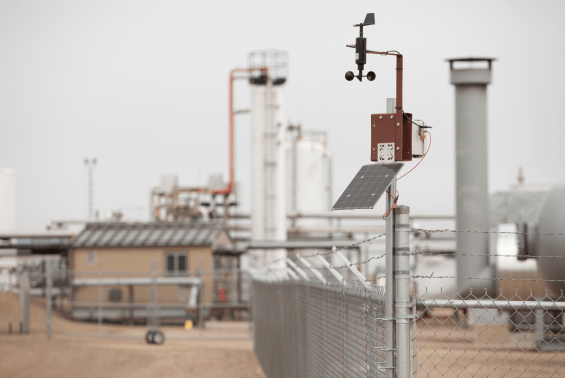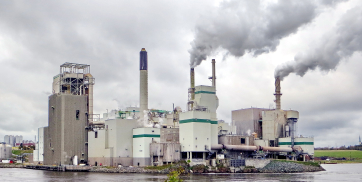What it is?
The Leak Detection and Repair Simulator (LDAR-Sim) is a virtual world that predicts emissions mitigation and cost-effectiveness of different LDAR programs.
Who uses LDAR-Sim?
Industry to optimize detection and quantification technology deployment
Regulators to evaluate policy and inform compliance assurance strategy
Innovators to get regulatory approval and understand product-market fit
Academics to build the next generation of methane monitoring solutions
LDAR-Sim
projects

MiQ Methane Intelligence
Highwood used LDAR-Sim to evaluate methane detection technologies and inform the MiQ Standard
View project 
Qube Technologies
Highwood helped Qube and Enhance achieve the world's first Alt-FEMP for continuous monitoring of fugitive methane.
View project 
GTI Energy
We worked with GTI Energy to publish a report analyzing real-world methane detection and quantification data.
View project Find out what LDAR-Sim can do for you
LDAR-Sim information and resources
- Peer-reviewed article
- Open-source code
- Documentation
- Education

